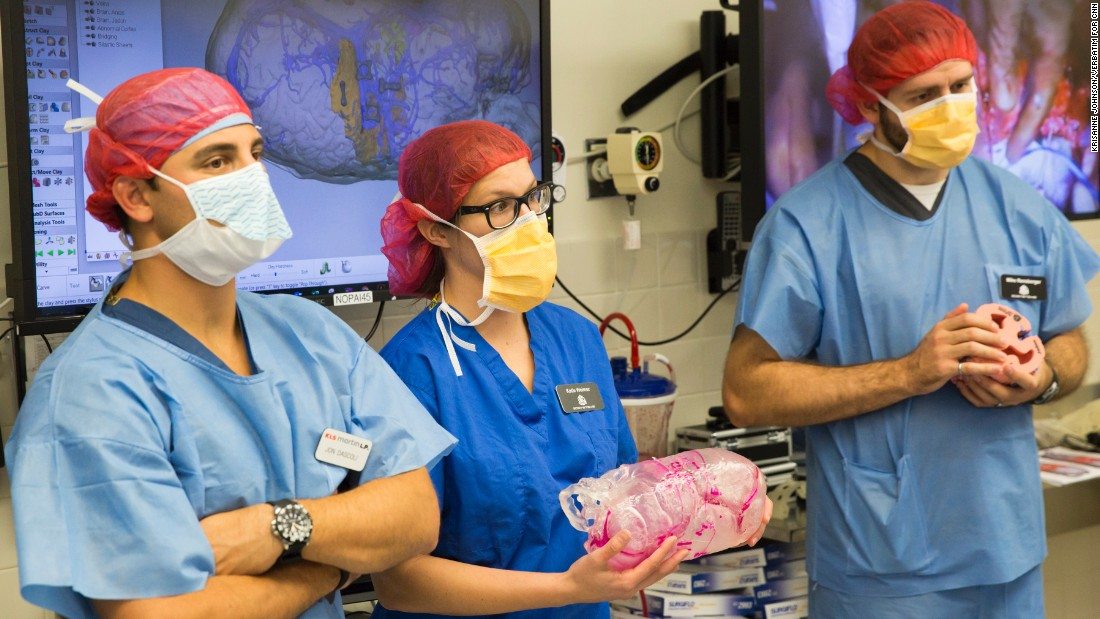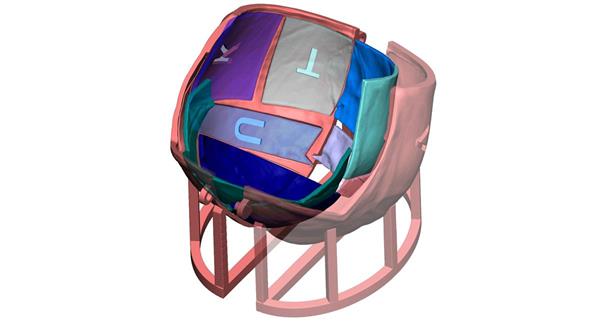3D systems have announced an expansion to their Virtual Surgical Planning (VSP) service to include support for cranial surgery. VSP enables surgeons to “create a virtual pre-surgical plan that can be instrumented with sterilizable, patient-specific 3D printed anatomical models, guides and templates.”
This state-of-the-art technology featured recently in the remarkable story of the McDonald conjoined twins’ surgery. The conjoined twins were able to recover rapidly following surgery due to the work of 3D Systems and their VSP service. Using traditional surgical planning techniques would not have made this possible. Our editor in chief visited their Denver facility recently in order to learn more about this breakthrough service.

How does VSP work?
The Virtual Surgical Planning service begins by using CT scans of patients to create very detailed 3D images. By recreating the patient digitally, the surgeons are able to understand possible complications and plan their surgery. This procedure takes less time than traditional methods and also has the benefit of patient inclusion. Patients are able to be more involved in the planning procedure because they too can view the imagery and models. Additionally, 3D systems provide the support of their engineers through online meetings with the surgical team in order to create virtual surgical plans.
VSP Cranial
Now, 3D Systems have expanded VSP service to include cranial planning. Using the digital imagery and 3D System’s SLA printers, models will then be created. The 3D printed model can contain a number of different colors and materials for “distinguishing critical structures such as vasculature and nerves.”
Gif shows the creation of the 3D cranial models. Images via 3D Systems.
Applications
VSP Cranial has been created with the aim of supporting cranial and craniofacial surgeries, particularly those relating to craniosynostosis. Craniosynostosis is a skull problem that occurs 1 in every 2,000 births. The condition relates to abnormal growth of a child’s head and can cause a number of issues later in life. In order to address the condition, surgeons attempt to intervene early on in the child’s life in order to encourage normal development of the skull. The VSP Cranial service is expanded to have significant application for such procedures.
General Manager of Metals and Healthcare at 3D Systems, Kevin McAlea, explains the benefits of the new service,
The addition of VSP Cranial affords surgeons the ability to visualize and pre-plan complex cranial reconstructive surgeries that may not have been possible previously. 3D Systems is committed to expanding our solutions to support the most advanced patient care available.

We recently explored the use of 3D Systems in surgical planning in a review of 3D printing technology’s medical application. In that article we looked at 3D Systems’ VSP among other medical solutions offered by other 3D printing companies.
Sign up to our newsletter to stay up to date on applications of 3D printing.
Featured image shows 3D Systems VSP Cranial patient specific 3D printing. Image via 3D Systems.



